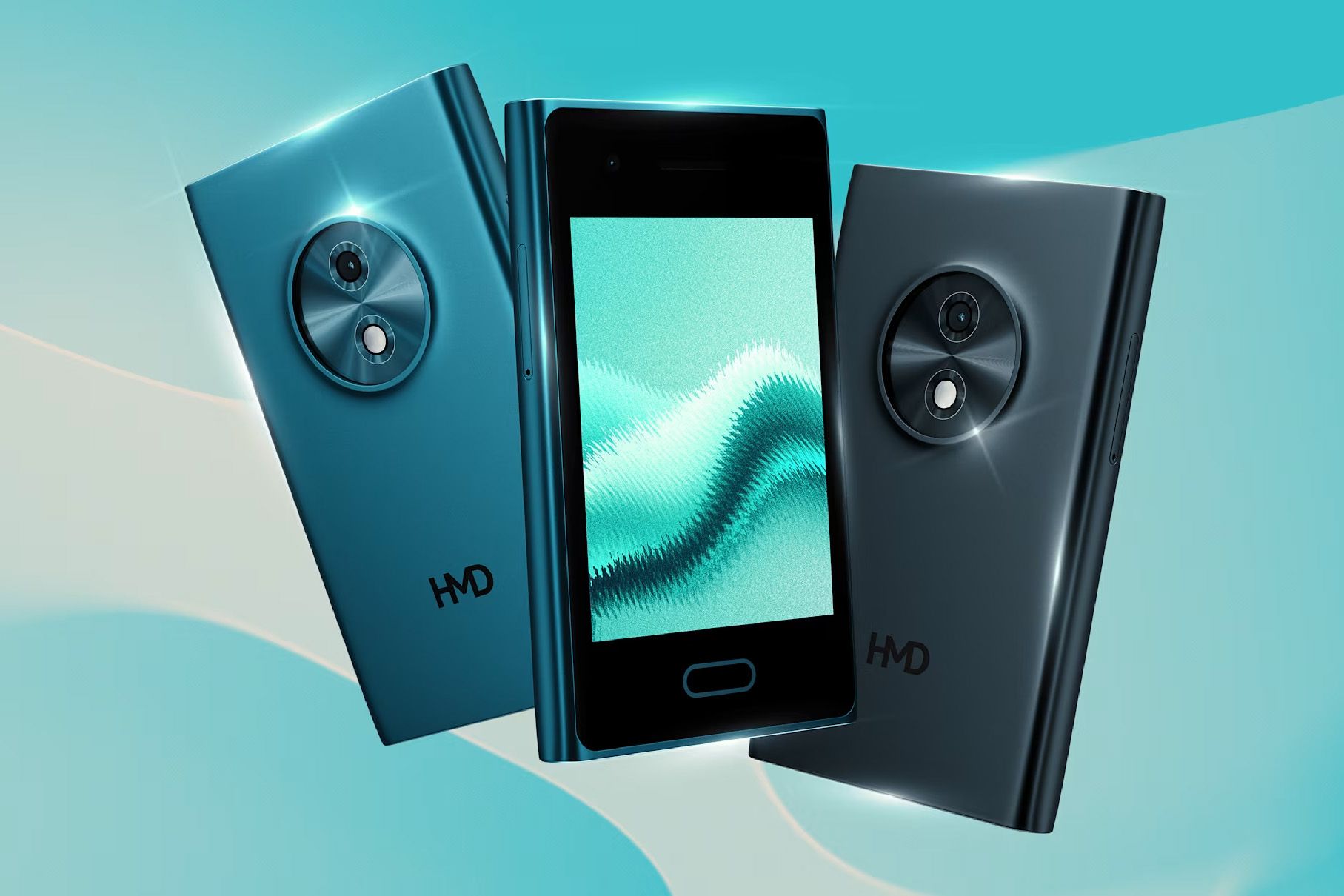HMD just launched something we've never seen before - a phone that's trying to be everything while being nothing at all. The Touch 4G, now available in India for ₹4,999 ($55), promises smartphone features in a feature phone body. But this hybrid approach reveals more limitations than innovations, creating a device that might confuse more consumers than it converts.
HMD just threw a curveball at the mobile market with its Touch 4G launch in India yesterday. At first glance, this ₹4,999 ($55) device looks like it could solve the eternal small phone problem that's plagued the industry since Apple killed the iPhone mini. But dig deeper and you'll find a phone having an identity crisis.
The Touch 4G occupies a strange middle ground that doesn't quite exist yet. HMD is betting there's demand for a device with smartphone features but feature phone simplicity and pricing. The 3.2-inch touchscreen and 100-gram weight certainly hit the portability sweet spot that manufacturers have abandoned in their race toward 6.7-inch flagships.
But here's where things get complicated. The Touch 4G doesn't run Android, instead using a custom operating system called RTOS Touch. That decision alone eliminates the entire Google Play Store ecosystem, forcing users into HMD's walled garden of Cloud Phone Service apps. It's essentially a web browser masquerading as an app store, offering basic functionality that most users abandoned years ago.
The communication strategy feels particularly restrictive. While the device supports group chats and video calls, everything runs through Express Chat - HMD's proprietary messaging platform. Sure, there are Android and iOS versions available, but convincing your entire social circle to download yet another messaging app feels like a non-starter in today's market dominated by WhatsApp, Telegram, and standard SMS.
HMD's hardware choices reveal the delicate balancing act they're attempting. The headphone jack and USB-C charging show they understand user priorities, but the 128MB of internal storage feels almost insulting in 2025. That's barely enough for the operating system, let alone any meaningful user data or apps. The microSD slot becomes mandatory rather than optional.
The timing of this India-only launch isn't accidental. HMD is clearly testing whether emerging markets will embrace hybrid devices that Western consumers might reject. India's diverse economic landscape and varied connectivity needs create the perfect laboratory for experiments like this. The $55 price point positions it between traditional feature phones (around $20-30) and budget smartphones (starting around $100-150).






